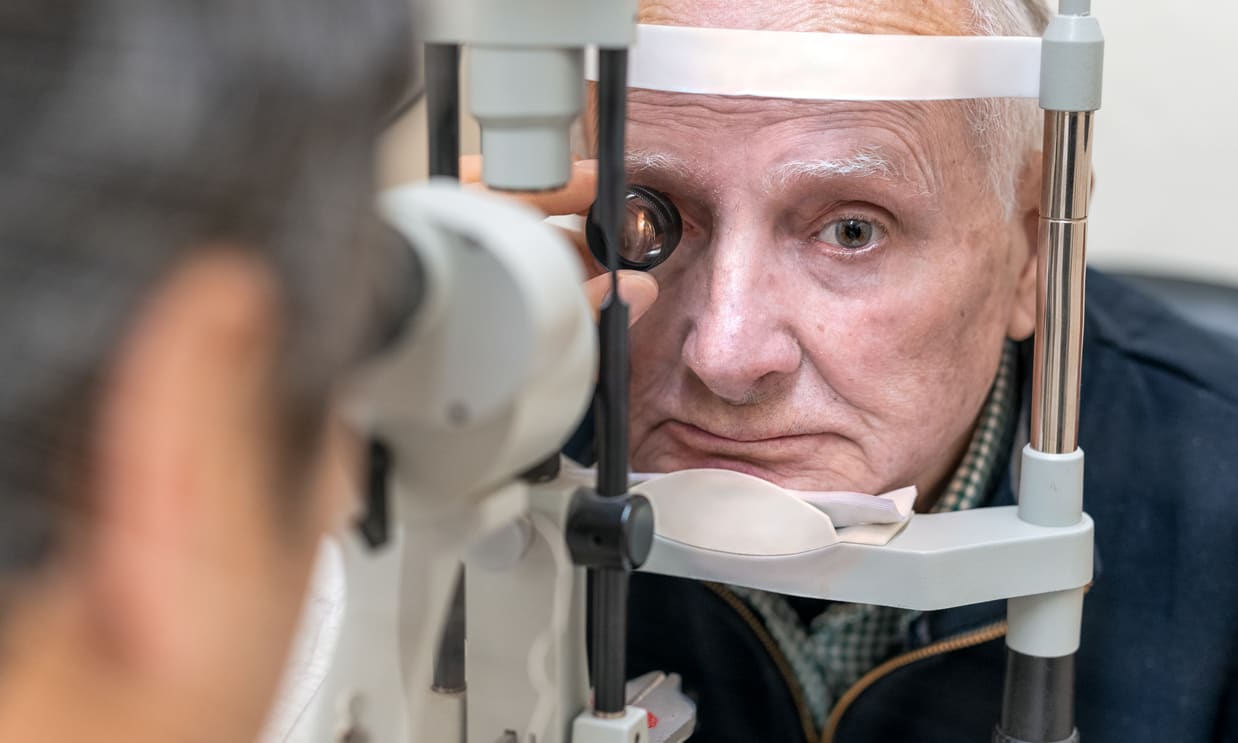Skin Cancer Types and How to Detect Them
Skin cancer is one of the most common types of cancer worldwide, affecting millions of people each year. Early detection and treatment are crucial for successful outcomes. This article will explore the main types of skin cancer, their characteristics, and how to identify potential warning signs. By understanding what to look for and when to seek medical attention, you can take an active role in protecting your skin health.

What are the main types of skin cancer?
There are three primary types of skin cancer: basal cell carcinoma (BCC), squamous cell carcinoma (SCC), and melanoma. BCC and SCC are often grouped together as non-melanoma skin cancers. Each type has distinct characteristics and levels of severity.
Basal cell carcinoma is the most common form, accounting for about 80% of all skin cancers. It typically develops on sun-exposed areas like the face, ears, and neck. SCC is the second most common type, often appearing on areas with frequent sun exposure such as the face, hands, and legs. Melanoma, while less common, is the most dangerous form of skin cancer. It can develop anywhere on the body, even in areas not typically exposed to the sun.
How can you identify basal cell carcinoma?
Basal cell carcinoma often appears as a small, shiny bump or nodule on the skin. It can be pink, red, or white in color, and may have a pearly or waxy appearance. In some cases, BCC can look like a flat, scaly patch with a raised edge. These lesions tend to grow slowly and rarely spread to other parts of the body. However, they can cause significant local damage if left untreated.
Key signs to look for include:
-
A persistent, non-healing sore
-
A reddish patch or irritated area
-
A shiny bump or nodule
-
A pink growth with an elevated border and crusted indentation in the center
-
A scar-like area that is white, yellow, or waxy
What are the characteristics of squamous cell carcinoma?
Squamous cell carcinoma typically appears as a firm, red nodule or a flat lesion with a scaly, crusted surface. It can develop on any part of the body but is most common in areas frequently exposed to the sun. SCC tends to grow more quickly than BCC and has a higher risk of spreading to other parts of the body if left untreated.
Identifying features of SCC include:
-
A rough or scaly red patch that may crust or bleed
-
A raised growth with a central depression
-
A persistent, non-healing sore that bleeds easily
-
A growth that resembles a wart
How does melanoma differ from other skin cancers?
Melanoma is the most serious form of skin cancer, as it can spread rapidly to other parts of the body if not detected and treated early. Unlike BCC and SCC, melanoma can develop on any part of the body, including areas not typically exposed to the sun. It often appears as a new, unusual growth or a change in an existing mole.
The “ABCDE” rule is a helpful guide for identifying potential melanomas:
A - Asymmetry: One half of the mole doesn’t match the other half
B - Border: Irregular, ragged, notched, or blurred edges
C - Color: Varies from one area to another; may include shades of tan, brown, black, red, white, or blue
D - Diameter: Larger than 6 millimeters (about the size of a pencil eraser)
E - Evolving: Changes in size, shape, or color over time
What unique factors affect skin cancer risk in the United States?
In the United States, skin cancer rates have been steadily increasing over the past few decades. This trend can be attributed to several factors, including increased sun exposure, longer life expectancies, and improved detection methods. The popularity of outdoor activities and tanning, combined with the country’s diverse climate zones, contributes to higher skin cancer risks for many Americans.
Additionally, certain demographic groups in the U.S. face elevated risks. For example, individuals with fair skin, a history of sunburns, or a family history of skin cancer are at higher risk. However, it’s important to note that people of all skin types can develop skin cancer, and everyone should practice sun safety and regular skin checks.
How can you perform a thorough skin self-examination?
Regular self-examinations are crucial for early detection of skin cancer. Here’s a step-by-step guide to performing a thorough skin check:
-
Examine your face, including your nose, lips, mouth, and ears (front and back).
-
Check your scalp, using a blow dryer and mirror to expose each section.
-
Inspect your hands, including palms, backs, between fingers, and under fingernails.
-
Scan your arms, focusing on the underarms and elbows.
-
Examine your neck, chest, and torso. Women should check under breasts.
-
Use a hand mirror to check your back, shoulders, and the back of your neck.
-
Sitting down, check your legs, including the tops and bottoms of your feet, between toes, and under toenails.
-
Use a hand mirror to examine your genitals and buttocks.
Perform this self-examination monthly, and consult a dermatologist immediately if you notice any suspicious changes or growths.
In conclusion, understanding the different types of skin cancer and their characteristics is essential for early detection and treatment. By familiarizing yourself with the warning signs and performing regular self-examinations, you can take proactive steps to protect your skin health. Remember, when in doubt, always consult a healthcare professional for proper evaluation and diagnosis.
This article is for informational purposes only and should not be considered medical advice. Please consult a qualified healthcare professional for personalized guidance and treatment.




